If you’re a fan of seafood, there’s no better catch than a Dungeness crab. These tasty crustaceans are a Pacific Northwest delicacy, prized for their sweet, succulent meat. But catching them can be a bit tricky. It’s not like you can just stroll down to the local fish market and pick up a few pounds of fresh crab meat (well, you could, but where’s the fun in that?). No, to truly appreciate the thrill of the catch, you need to try your hand at Dungeness crab fishing in Puget Sound.
Now, before you start dreaming of a delicious crab feast, it’s important to note that crabbing is not for the faint of heart. It takes skill, patience, and a bit of luck to pull in a good catch. But fear not! With the right gear and techniques, you can increase your odds of success and enjoy all the rewards that come with a bucket full of fresh Dungeness crab. So, grab your crab pots, bait, and a sense of humor (trust us, you’ll need it), and let’s dive into the wonderful world of Dungeness crab fishing in Puget Sound.
Dungeness crab fishing is a popular pastime in Puget Sound, and for good reason. These delicious crustaceans flourish in the Sound’s nutrient-rich waters. Dungeness crab can be found throughout the Sound, from the shallow, sandy beaches to the deeper, rocky areas. They are generally caught using crab pots or traps, which are left in the water for several hours or overnight, baited with a variety of attractants such as fish heads, chicken parts, or squid.
Although fishing for Dungeness crabs can be enjoyable and rewarding, it’s essential to be aware of any potential risks. The waters of Puget Sound can be cold and choppy, and the rocks and reefs can pose hazards to both boats and crabbers. Additionally, handling live crabs can be tricky, as they have sharp claws and can be surprisingly strong.
Despite these difficulties, many fishers find that catching Dungeness crabs is a fun and rewarding activity. There’s nothing quite like the thrill of pulling up a trap or pot and discovering a bounty of tasty crab waiting inside. And with a little bit of knowledge and preparation, anyone can learn to catch these delicious crustaceans in Puget Sound.
When it comes to catching Dungeness crab in Puget Sound, having the right gear and techniques can make all the difference. Here are some tips to help you maximize your chances of success:
Crab Pots or Traps: Invest in a good quality crab pot or trap. This is the most common method of catching Dungeness crab, and a well-designed pot or trap can significantly increase your chances of success.
Bait: The right bait can be a major factor in attracting crabs to your pot or trap. Popular bait options include raw chicken, fish carcasses, and squid..
Location: The right location can also make a big difference in your crabbing success. Look for areas with rocky bottoms or eelgrass beds, which are prime habitat for Dungeness crab.
Timing: Timing is important when it comes to crabbing. Crabs are more active during certain times of the day and certain phases of the moon.
Handling: Once you’ve caught your crabs, it’s important to handle them properly to avoid injury or damage to the crab’s shell.
By following these tips and using proper gear and techniques, you’ll be well on your way to a successful crabbing experience in Puget Sound.
Crab Pots: Its How You Catch ‘em
When it comes to crab pots, there are many options available, but the Danielson brand is a popular choice among crabbers due to their quality and effectiveness. Here, we’ll focus on Danielson crab pots and bait boxes and provide some tips for setting them up for a successful catch.
One of the most popular Danielson crab pots is the Pacific Crab Trap. This trap features a four-gate design, a vinyl-coated steel frame. It’s a durable trap that can withstand the rigors of repeated use, and its design ensures that the crabs are trapped inside once they enter the trap.
When setting up a crab pot, it’s important to add extra weight to the bottom to keep it in place and prevent it from drifting with the tidal currents. You can attach a weight to the center of the trap using a wire or zip ties. Without the extra weight, it is likely the pot will move and you will not be able to find it again.
A bait box is a separate compartment that is attached to the center of the trap and contains bait. These serves not only to keep the bait in the pot, but also prevent the crab from eating it too fast – causing you to stop fishing.
In addition to weight and bait, you should also use escape cord to ensure that if your pot is lost that all the crab can eventually escape. Without this the crabs will eventually die in the pot and become bait for more crab – leading to a never ending cycle. Escape cord is a type of cord that rots away in the water, and is threaded through the trap’s escape rings, which are small openings in the trap’s walls that allow undersized or female crabs to escape. The use of escape cord is required by law in many areas to ensure the sustainability of crab populations.
It’s important to note that collapsible crab pots are not recommended for use in Puget Sound. These pots are designed to collapse and fold down for easy storage, but they can be difficult to keep in place in the strong tidal currents of Puget Sound. As a result, they may not be as effective as traditional, non-collapsible pots.
While Danielson crab pots are not the cheapest option, their quality and effectiveness make them a worthwhile investment for most crabbers. If you are a serious crabber then updating to a more commercial style round pot with elevated doors is worth the extra cost. This style start heavier and often doesn’t need more weight, while the higher doors help prevent escape.
Remember to always check local regulations to ensure that your gear meets all legal requirements for size, mesh size, escape rings, and other specifications. Additionally, proper cleaning and maintenance of your gear after each use will prolong its lifespan and effectiveness, ensuring a successful catch on your next crabbing trip.
Buoys and Rope: Your Lifeline
The buoy system and ropes are crucial components in crab fishing. The buoy marks the location of the crab pot while the rope serves as the link between the buoy and the pot. Choosing the right buoy and rope can make a big difference in the success of your crabbing trip.
When it comes to buoys, choose one that is bright and highly visible. This will make it easier to locate your pot when it’s time to haul it in. The most popular ones are made of high-density polyethylene material and comes in bright orange and yellow colors. If fishing deep or in strong currents, two buoys are recommended to keep them from being pulled under by the rope.
As for ropes, it’s essential to choose a strong and durable rope which is resistant to tangling and can withstand the saltwater environment. The best option is leaded rope, which is weighted and sinks to the bottom, reducing the chances of it getting tangled in propellers.
On the other hand, polyethylene rope, is not recommended due to its tendency to get tangled in propellers. While it has a high strength-to-weight ratio and is resistant to abrasion, it’s important to prioritize the safety of boaters and the environment by avoiding this type of rope. If you do use this rope then attach extra weight to the line about
When setting up your rope, it’s important to attach the buoy securely to the rope using a strong knot, such as a bowline knot. To attach the rope to the pot most people use a harness, which keeps the pot balanced and level when pulling it up. That is important since it keeps the crab from spilling out.
Remember to mark your buoy with your name or identification number as required by state law to prevent theft and make it easier to identify your pot if it becomes lost or tangled with someone else’s gear.Top of Form
Additional Equipment: Give Your Arms a Break
While crab pots and ropes are the main equipment needed for crabbing, there are a few other items that can make the process easier and more efficient.
One such item is a powered pot puller. These devices use an electric or hydraulic motor to pull up crab pots from the water, reducing the physical strain on the crabber and allowing for quicker retrieval of multiple pots. While they can be expensive, they can be a worthwhile investment for those who plan to crab frequently or for extended periods. The Scotty Pot Puller uses the same mount and outlets as Scotty Downriggers. The more popular item is the Brutus pot puller, as it is compatible with different brands of downrigger mounts and plugs, as well has having a longer arm to keep the pot from hitting the boat on its way up.
If a powered pot puller is out of your budget, then a Trap-ease, which fits in a Scotty rod holder mount, makes manual pot pulling much easier. My recommendation is to invite a friend and tell him that instead of gas money, you want him to pull up all the pots.
An essential item to have is a crab gauge, as its important to accurately measure each crab to ensure they meet legal requirements You don’t want to get a ticket for something which can be easily avoided.
Bait Selection: Its Dinner Time
When it comes to bait for Dungeness crab, there are a variety of options to choose from. Here are some of the most popular types of bait used by crabbers in Puget Sound:
Chicken: Raw chicken is a commonly used bait that is readily available and relatively inexpensive.
Fish carcasses: Fish carcasses, such as salmon or herring, are another popular choice. The scent and oils from the fish can attract crab from a distance.
Clams: Clams can be a great bait option, especially when the crabs are looking for a more substantial meal. Be sure to crush or remove the shell and use only the soft body inside.
Squid: Squid is a good option for crabbers who want their offering to stand out.
Shrimp: Shrimp can be an effective bait option, especially when the crabs are in a feeding frenzy.
Preparing your bait properly is essential for a successful Dungeness crabbing trip. You want your bait to have a strong scent to attract the crabs, but not break down and leave the bait box. Here are some tips for preparing your bait:
Keep it fresh: Just like with any type of fishing, fresh bait is key. No self-respecting crab is going to waste its time on old, smelly bait that’s been sitting around for days. So make sure your bait is fresh and has a strong scent to attract those crabs. It is even smart to freeze your bait to help keep it fresh. It will defrost quickly once in the water.
Cut your bait into small pieces. By cutting your bait into smaller pieces, you increase the surface area allowing more scent to enter the water, increasing your chances of attracting more crab. Roughly 2 inch pieces is small enough.
Add scent. Adding scent to your bait can make it more attractive to crab. There are a variety of commercially available scents, or you can make your own by soaking your bait in a mixture of garlic, onion, and other spices. The best crabbers I know soak their bait in Pro Cure Crab attractant, and add Smelly Jelly to the bait box.
By following these tips, you’ll be well on your way to catching more Dungeness crabs than you know what to do with. And who knows, you may even become the envy of all your crabbing buddies with your secret bait prepping skills.
Finding the Right Locations: Where the Crabs Hang Out
As any seasoned crabber will tell you, finding the right spot can make all the difference when it comes to filling up your bucket with succulent Dungeness crab. So, how do you find the right location? Well, it’s a bit like a game of hide and seek, but with crabs instead of people.
First, look for areas with a sandy or muddy bottom, which is where crabs tend to forage for food. You’ll also want to find areas with some depth, as crabs tend to prefer water that’s at least 10 feet deep. Don’t be afraid to go 200+ feet deep – assuming your ropes are long enough, and you have a powered pot puller. Sometimes those deeper spots will yield a good catch when shallower areas are fished out. Stay away from rocky areas and structure, as Red Rock crab will dominate those areas.
One great way to find good crabbing spots is to talk to other crabbers. After all, they’ve likely spent a lot of time exploring different areas and know where the crabs tend to congregate. Just be prepared for a bit of friendly competition. As the old saying goes, “A crabber never reveals their secret spot.”
Of course, it’s also important to pay attention to the rules and regulations for crabbing in Puget Sound. Some areas may be closed to crabbing or have specific catch limits, so be sure to check before you drop your pots.
Finding the right location for crabbing can be a bit of a puzzle, but it’s all part of the fun. So grab your map and use it to build a game plan on locations to try. Soon you’ll develop your favorite spots to catch those elusive Dungeness crabs.
Best Time To Crab: Whenever You Can
As the saying goes, “Timing is everything.” And this is especially true when it comes to crabbing in Puget Sound. While it’s possible to catch crabs year-round, there are definitely better times than others.
Summer is the most popular time for crabbing, as the weather is warmer and the crabs are more active. Most summer crabbers prefer to hit the water right when the season opens. But if you’re looking to avoid the crowds and snag some bigger crabs, consider heading out in the fall or winter.
As for the best time of day, well, that’s a bit more subjective. Some folks swear by early morning crabbing, while others prefer to wait until the afternoon or evening.
Tides: You Can’t Stop Them
Ah, the tides and currents of Puget Sound. They can be a crabber’s best friend or worst enemy, depending on how you look at it. But with a little bit of know-how, you can use them to your advantage.
The first step is to consult a tide table. These handy little charts will tell you when the tides are high and low, and how fast the currents are flowing. The greater the difference between high and low tide, the harder the currents will flow.
Slack tide, when the current isn’t moving much, is generally considered to be the best time for crabbing. The theory is the current will cause the scent of your bait to all move in the same direction and force the crab to “swim upstream” to your pot.
But be warned, the tides and currents can be unpredictable at times. So, always keep an eye on your gear and be prepared to adjust your strategy as needed. Several crabbers are lose their pots because they didn’t use enough weight and the current moved the pot, or didn’t have enough slack in the rope to account for high tide.
Setting and Retrieving Crab Pots: Heave to Ye Swabbies
Setting and retrieving crab pots is a crucial part of crabbing, and it’s important to do it right in order to maximize your catch and avoid any mishaps.
First, make sure your pot is securely tied to your buoy line, with enough slack so that it can sit on the bottom without drifting away. Then, add your prepared bait to the pot, along with any additional scent.
Next, carefully lower the pot into the water, making sure it’s sinking straight to the bottom. It is important to have the rope all ready to play out, and ensure it doesn’t get tangled on anything – especially people. Then, attach your buoy to the pot’s line, making sure it’s securely fastened. Throw the buoy away from the boat to reduce the chance of your rope getting caught in the propeller.
Now it’s time to wait! Let your pot sit for at least 60 minutes before checking it. When you’re ready to retrieve the pot, approach it slowly from downcurrent, so you can maintain steerage with the boat. Someone should be ready with a boat hook to grab the bouy and line.
Then comes the fun part of pulling the crab pot backup from the depths. Try to maintain a steady and consistent speed to avoid creating opportunities for the crab to escape. Be prepared for the weight – a full pot can be heavy! A good pair of gloves can help protect your hands from the rough wet rope.
Handling Your Catch: Don’t Get Pinched
Once the pot is on board, you need to sort out “keepers” from ones you must release. Regulations on the size, sex, and number of crabs that can be harvested vary by location, season and species. To avoid getting a ticket or fine, make sure to check the local fishing regulations before heading out.
In Puget Sound Dungeness crab must be at least 6 ¼ inches wide measured across the carapace, which is the hard shell covering the body of the crab. Additionally, only male crabs can be harvested. You can tell the sex by looking underneath the crab. Males have a relatively narrow triangle underneath, where females have a broad triangle. You also need to release soft shell crab, which are crabs that have recently molted. You can do this by squeezing the thick part of one of the legs. If the shell has significant give to it, then release it. Soft shell crabs aren’t good eating anyway because the meat hasn’t grown into the larger shell yet and tends to be less flavorful.
Handling live crabs can be a bit tricky, but it’s important to do it properly to avoid getting pinched or injured. Here are some tips for safely handling live crabs:
Hold crabs by their back legs: The back legs are the safest place to hold a crab. Be sure to firmly grasp both legs to avoid dropping the crab or getting pinched.
Avoid their claws: Never hold a crab by its claws. They are sharp and strong, and can easily injure you or themselves.
Keep crabs away from your face: (or other sensitive body parts) When handling live crabs, keep them away from your face. They can move quickly and unpredictably, and you don’t want to risk getting pinched on the nose or lips.
Some people like using tongs or gloves, and handle the crabs tentatively. In my experience tongs and gloves get in the way, and confident knowledgeable handling is the best way to avoid getting pinched.
Fishing Regulations: The Boring Stuff
Licensing requirements, crabbing seasons, and restrictions may not sound like the most exciting topics, but they are important to know if you want to stay on the right side of the law (and avoid getting crabby with the authorities).
First, let’s talk about licensing. To crab in Puget Sound, you’ll need a valid shellfish or combination license from the Washington Department of Fish and Wildlife. You can purchase these online or at a local sporting goods store. Just don’t try to use your library card – as tempting as it may be.
Next, let’s discuss crabbing seasons and restrictions. The crabbing season usually opens in early July and runs through Labor Day, but make sure to check the regulations for any updates or changes. There may also be restrictions on the number of pots you can use or where you can crab, so be sure to do your research ahead of time.
And here’s a pro tip: when you’re out crabbing, make sure to keep a copy of the regulations with you. Not only will it keep you informed, but it makes for a great read when the crabs aren’t biting. Just don’t let your crabbing buddies catch you using it as a pillow.
Pro Tips: Learn From the Best
Aside from having the right equipment and bait, there are several other tips and tricks that can help you have a successful crabbing trip.
First and foremost, be patient. Crabbing requires a lot of waiting and checking your pots, so bring something to keep yourself occupied. Whether it’s a good book or a fishing buddy to chat with, having something to pass the time will make the experience more enjoyable.
Another tip is to pay attention to the weather. Calm, sunny days are ideal for crabbing, as the water is usually clearer and the crabs are more active. On the other hand, windy or stormy weather can make it difficult to set and retrieve your pots, and the crabs may be less active.
It’s also a good idea to vary your bait between pots. Crabs can be picky eaters, and switching up your bait can make a big difference in how many crabs you catch. Additionally, consider using a scent attractant, such as fish oil or anise, to make your bait more appealing.
When checking your pots, do so slowly and carefully. This will prevent any crabs from escaping or getting injured in the process. Once you’ve retrieved your pots, sort through the catch carefully and only keep the legal-sized crabs. Remember to measure each crab, and release any that are too small.
Investing in reel to store the line will help keep it out of the way, and safer to drop pot.
By following these additional tips and tricks, you’ll increase your chances of having a successful and enjoyable crabbing trip.
Conclusion: Calling It a Day
And there you have it, folks! With these tips and tricks, you’ll be a master crabber in no time. Just remember to bring your crab pots, bait, buoy system, and don’t forget to check those tide and current tables. And, of course, always make sure you’re following the proper licensing requirements and regulations.
Whether you’re a seasoned pro or a newbie to crabbing, there’s always something new to learn. So get out there, have some fun, and who knows, you might just catch the next big one – or at least a delicious dinner! Happy crabbing!

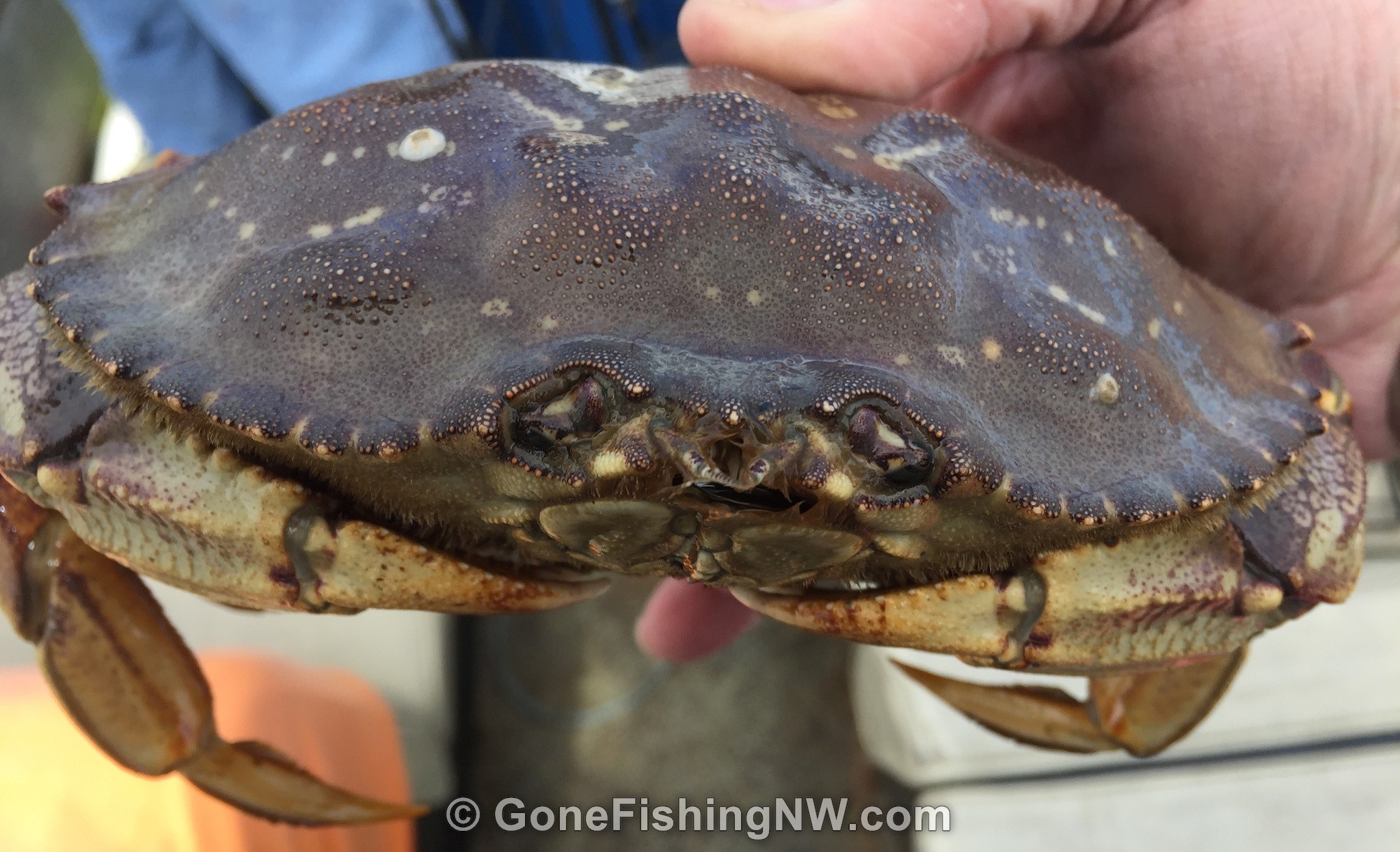
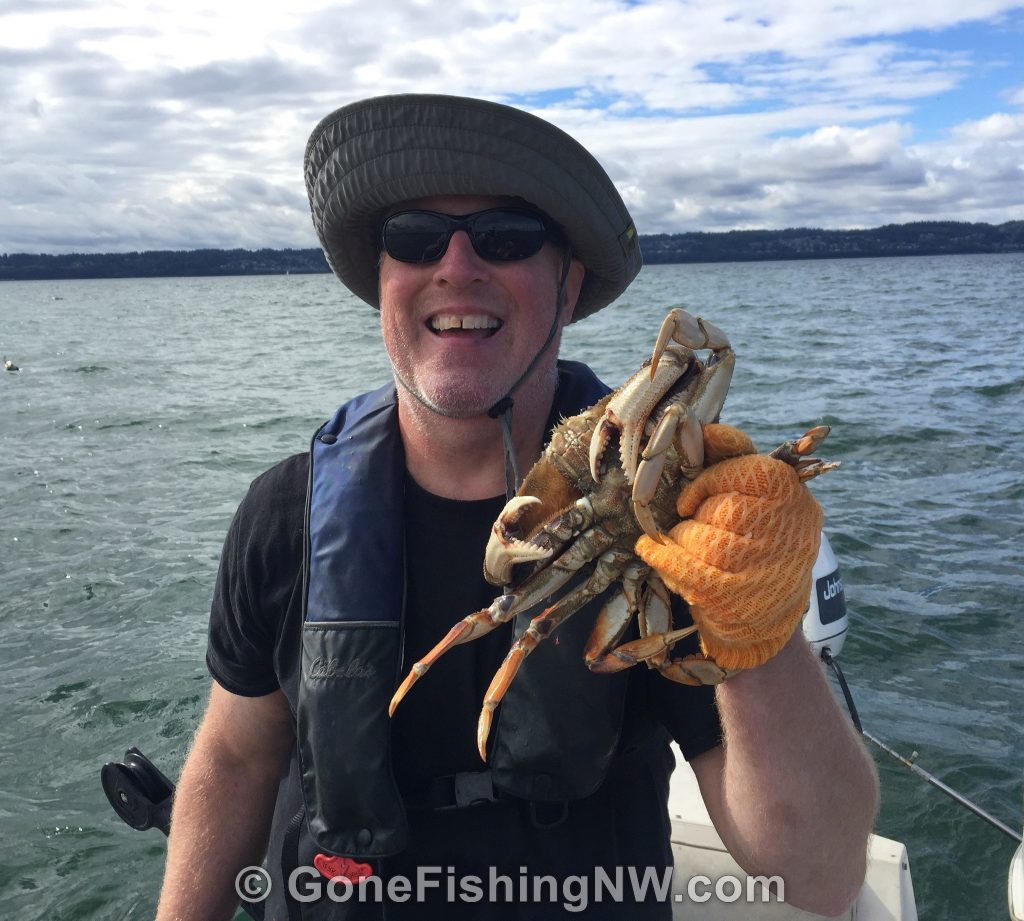
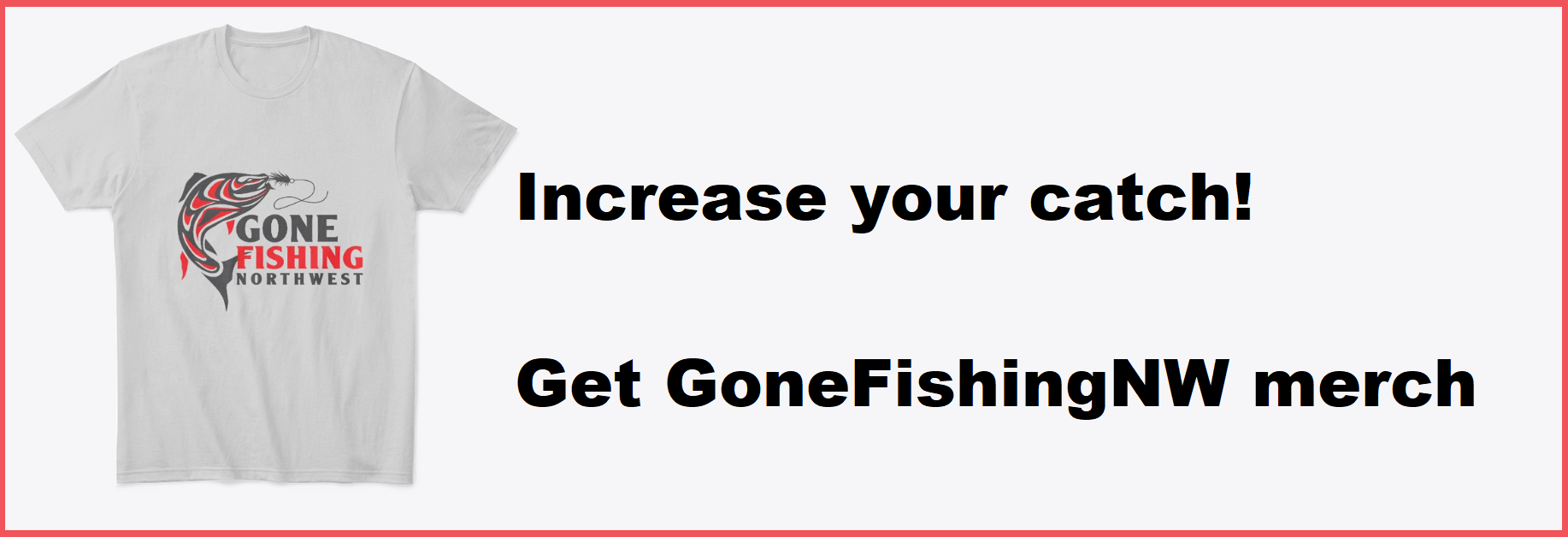
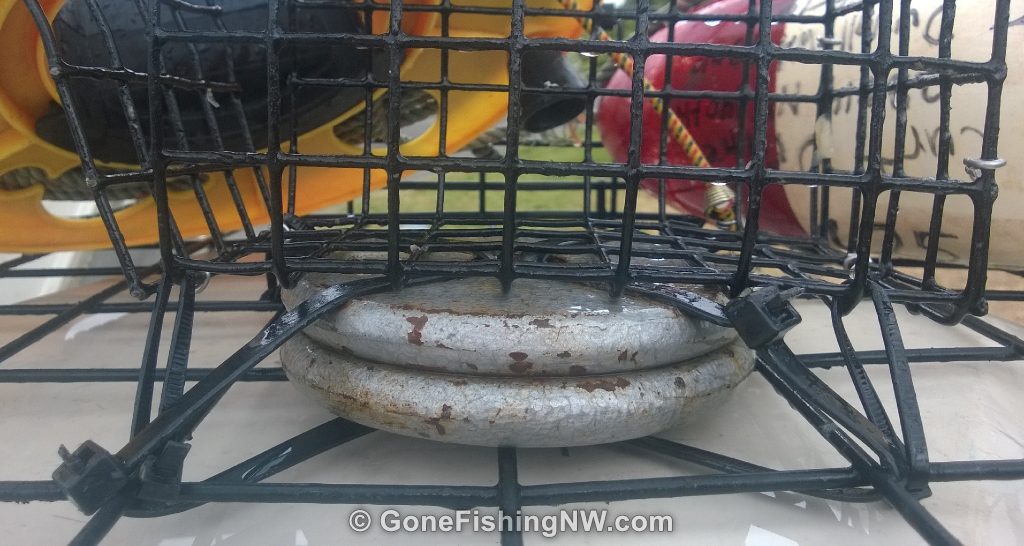
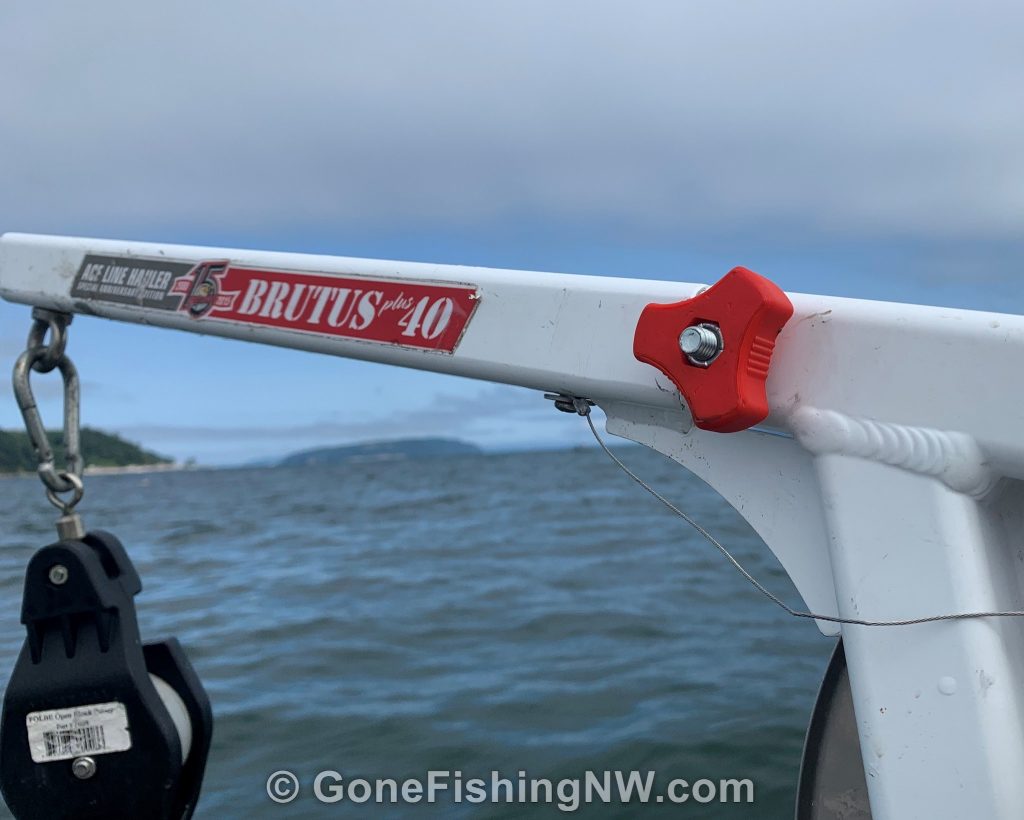
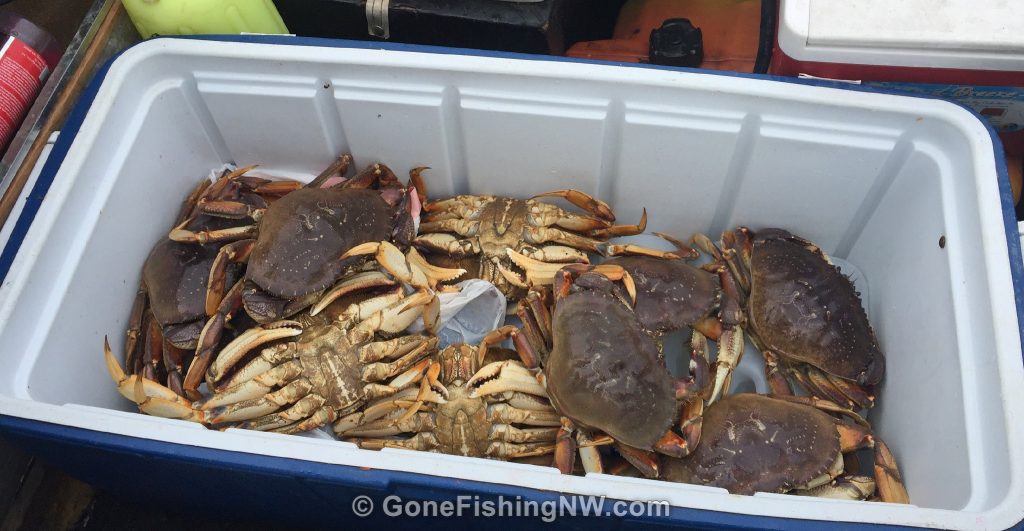
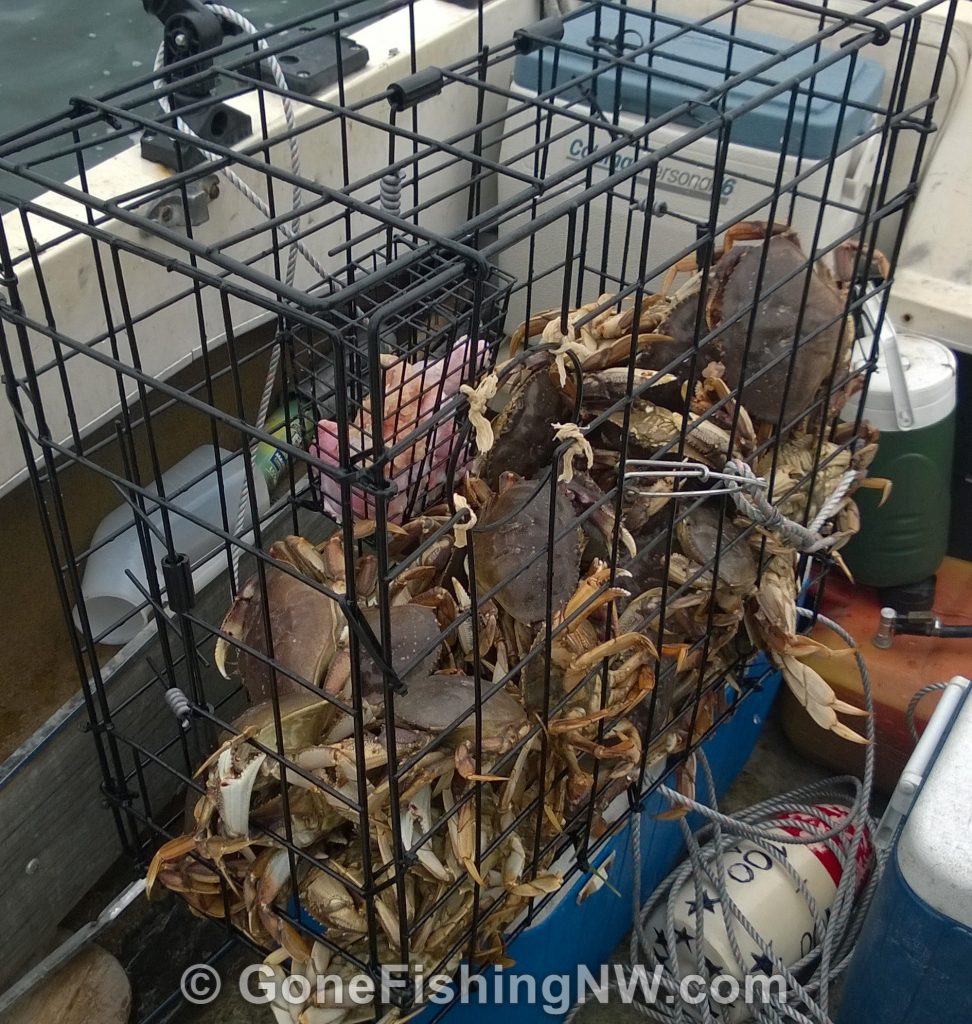
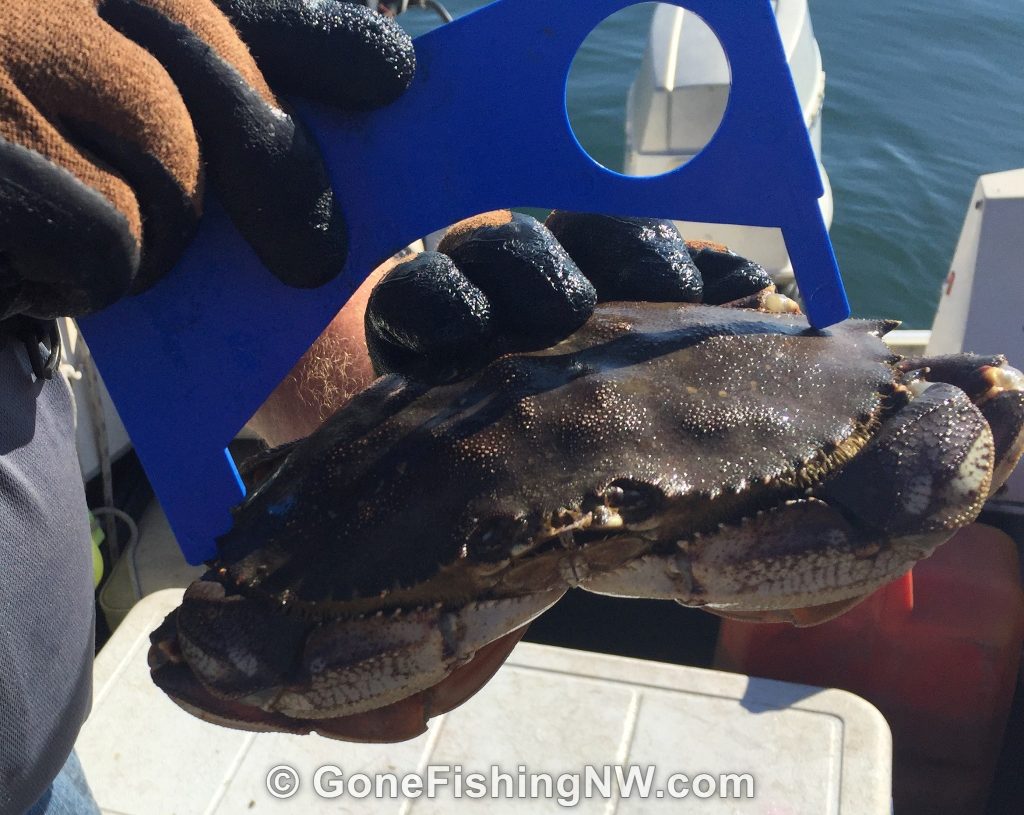
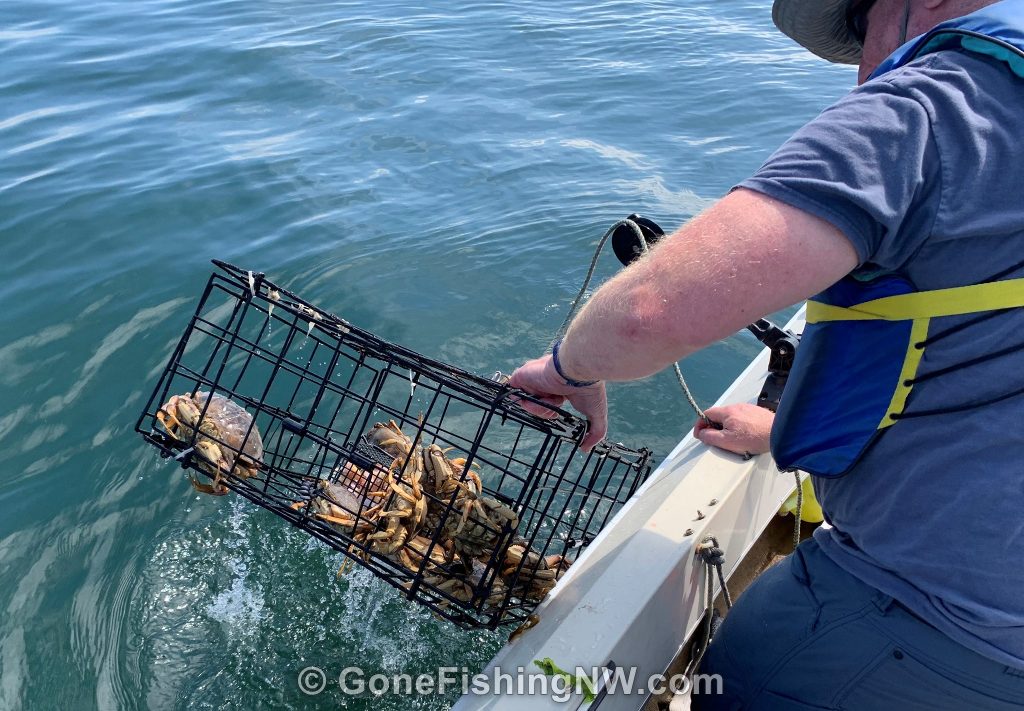

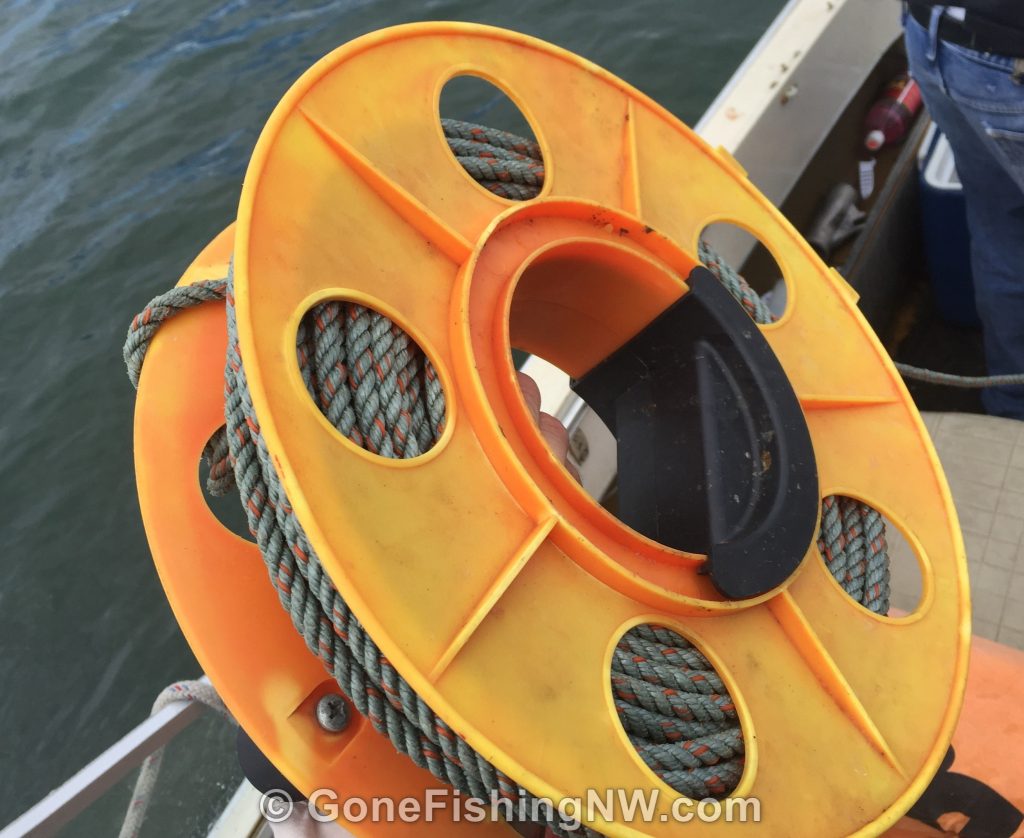
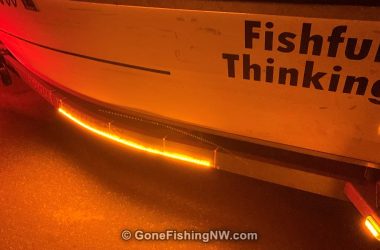
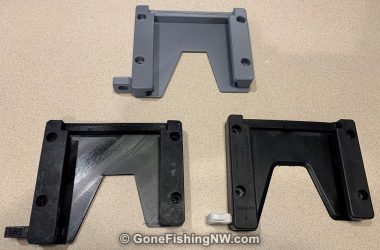
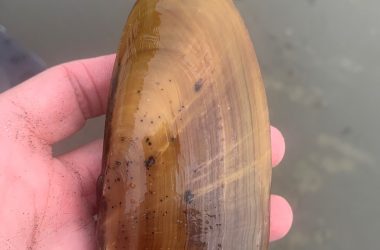
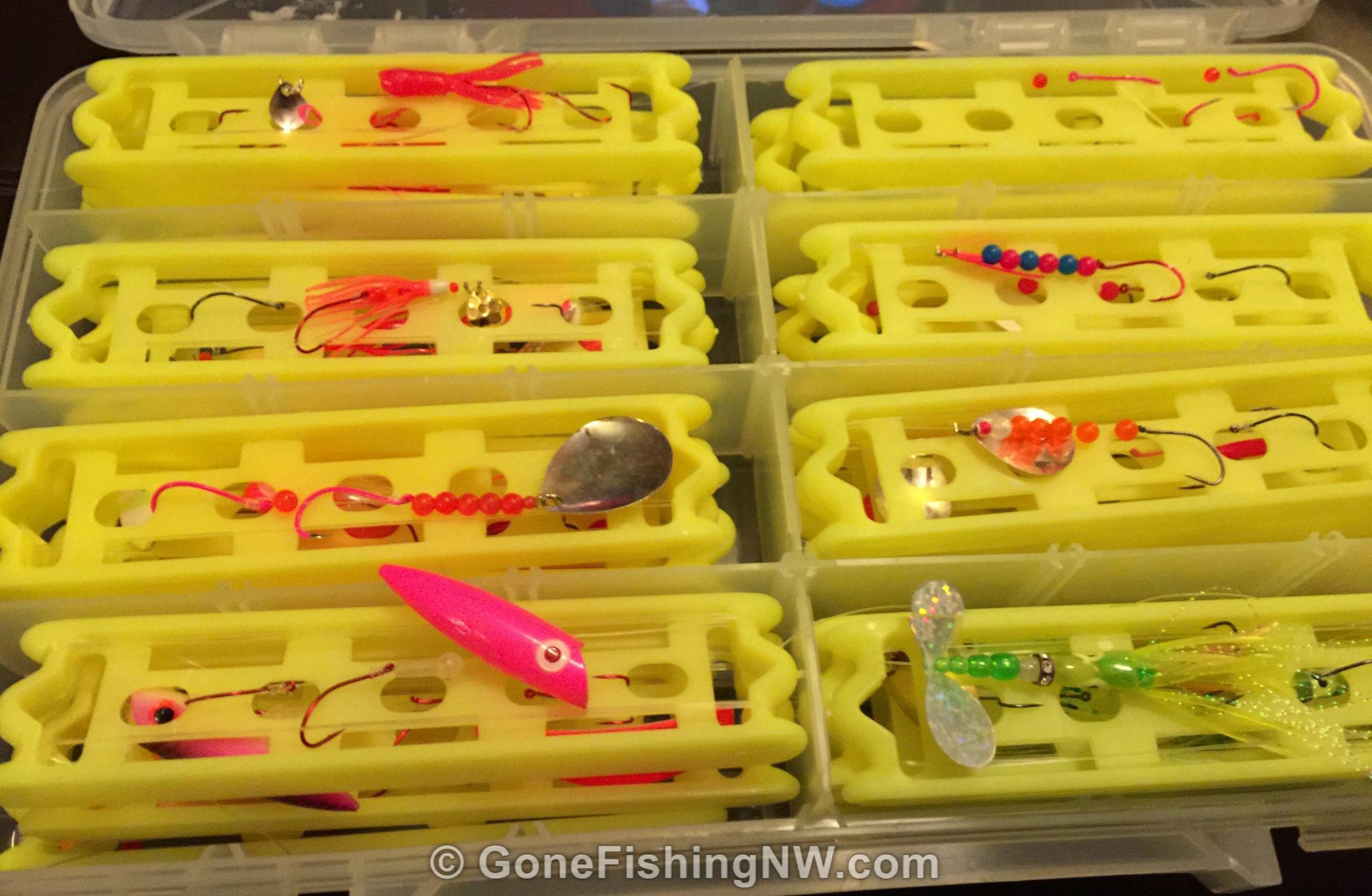
Comments are closed.